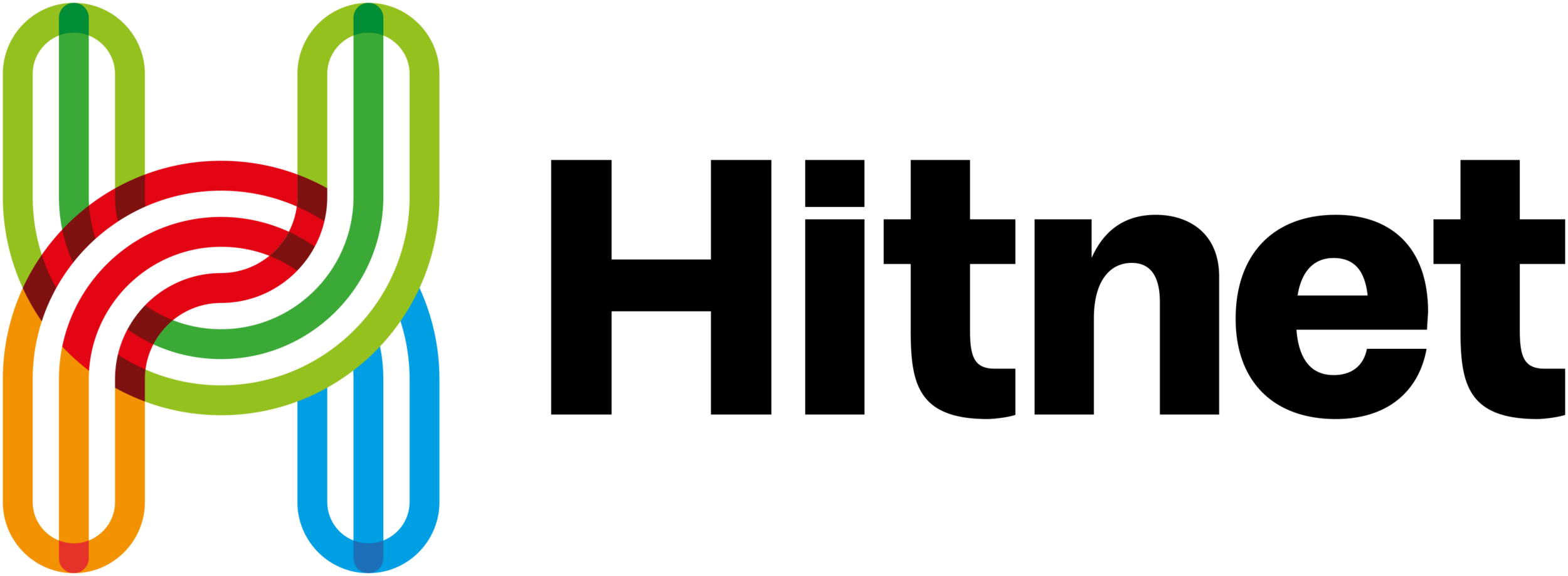Activating Hitnet tech, for Pacific development.
Having the opportunity to take our work overseas to the Pacific has been a long time in the making. Our outdoor mobile hub, Mobile Max, was developed with such a market in mind.
So it was a real thrill when we were recently announced as winners of the inaugural Technology for Development Challenge in the Solomon Islands, by the Australian Government’s Department of Foreign Affairs and Trade (DFAT).
‘How might we connect and support young people in the Solomon Islands to maximise their skills and education to access jobs across the country and internationally?’ A major challenge facing them is the relevance of skills for employment and economic growth.
Our solution was titled ‘An on-ramp to the new digital economy in the Solomon Islands’ and will see the development of Mobile Max into a solar powered, off-grid technology solution. This will provide young Solomon Islanders, who make up over half of the population, with much needed access to the digital world. We will be partnering with global NGO Field Ready, local consultancy Earth Water People and Further Arts from Vanuatu to deliver this solution.
Approximately only 100,000 of the Solomon Islands’ highly-dispersed population of 600,000 use the Internet - with the majority in urban areas, and access currently reliant on satellite technology. The soon to be completed Coral Sea Cable System, will deliver faster, cheaper and more reliable internet to the Solomon Islands, as was the impetus for the DFAT challenge.
To accept our award, I was flown to the national capital Honiara this week, to be part of the official ceremony. With the three other challenge winners and an assortment of dignitaries including the Australian Ambassador for Cyber Affairs, members of the Solomon Islands government and various representatives from industry, education and civil society. It was wonderful to be acknowledged for our proposed project and the work that we have been doing in Australia over the past decade.
However, the highlight of the trip was learning about the Solomon Islands, its history and its people, and to gain insights to the challenges young people in particular face. With low levels of education, few job prospects (85% youth unemployment) and a country that is unable to provide basic services, the enormity of our project ahead was real.
During my brief visit I was fortunate to visit one of the villages where our new solar-powered Mobile Max will be installed. Barana, up in the hills outside Honiara, is best known for Hill 27 which was a significant site of battle that the Japanese fortified and later lost to the Allies during the Battle of Mount Austen, the Galloping Horse, and the Sea Horse in World War 2. A short distance from the capital you’re suddenly immersed in a traditional rural lifestyle where there is no running water, sanitation or power. There is however, mobile phone coverage and a local thatch house where you can go to top up your mobile phone credit, an ubiquitous feature of life in and around Honiara.
With Samantha Kies-Ryan from Earth Water People I was introduced to Jerry Mane and Samson Hohosi from the Barana Community Nature and Heritage Park (BCNHP) who proudly showed me around their nearly completed Visitor Information Centre, some of the stunning hilltop views and their local village.
We sat down in the visitor centre as Sam and I explained the proposed project. I showed a picture of the outdoor hub and explained that it had a touchscreen with a Wi-Fi hotspot, and their eyes lit up. ‘What’s this thing called?’ Samson asked. ‘It’s an outdoor hub or a touchscreen kiosk’ I explained. ‘but what’s its name?’ Gerry asked, ‘Well, back in Australia, we’ve called him, Mobile Max’ and I explained the evolution of the name (from ‘Mad Max’ the tough outdoor guy in the movie) and they both laughed and approved that he should be called that from now on.
The BCNHP is a community-led conservation and eco-tourism initiative, and the visitors centre will display information on local flora, fauna, cultural heritage and walking trails that they are currently developing. This will allow tourists to bird watch, visit waterfalls and enjoy the unique natural environment. Mobile Max will support this development, and will be installed outside the centre for both visitors and local community members to access. With Sam, the community is currently creating cultural storytelling maps sharing local cultural knowledge about conservation and the natural environment. The hub will be able to provide online access to this important mapping, and so creating sustainable impact in the community.
The project’s overall goal is to improve young people’s access to vital educational and job-related information. The whole community where the outdoor hubs will be located, will benefit from access to culturally appropriate information and services, as well as disaster risk, preparedness and early-warning information.
When we began designing our outdoor hub for remote Australian communities, we always had the vision to develop a solar powered version. It means that the hubs can be used anywhere, and be taken to the communities where they are most needed. We are really pleased to be working with Field Ready in the Pacific and to have the support of DFAT on this innovative project.
And this new project clearly supports Hitnet’s vision to build vibrant, healthy and digitally capable communities, engaged in the digital economy all over the world.
We look forward to working with the three other winning projects in the Solomon Islands and will bring you updates as the project progresses.





